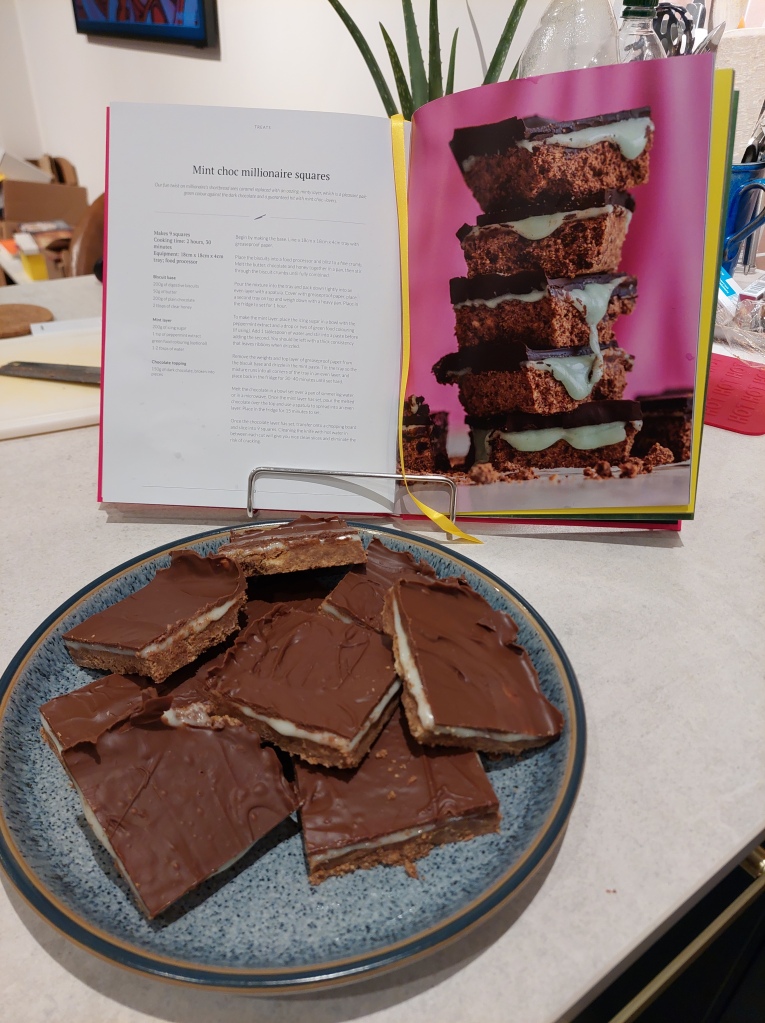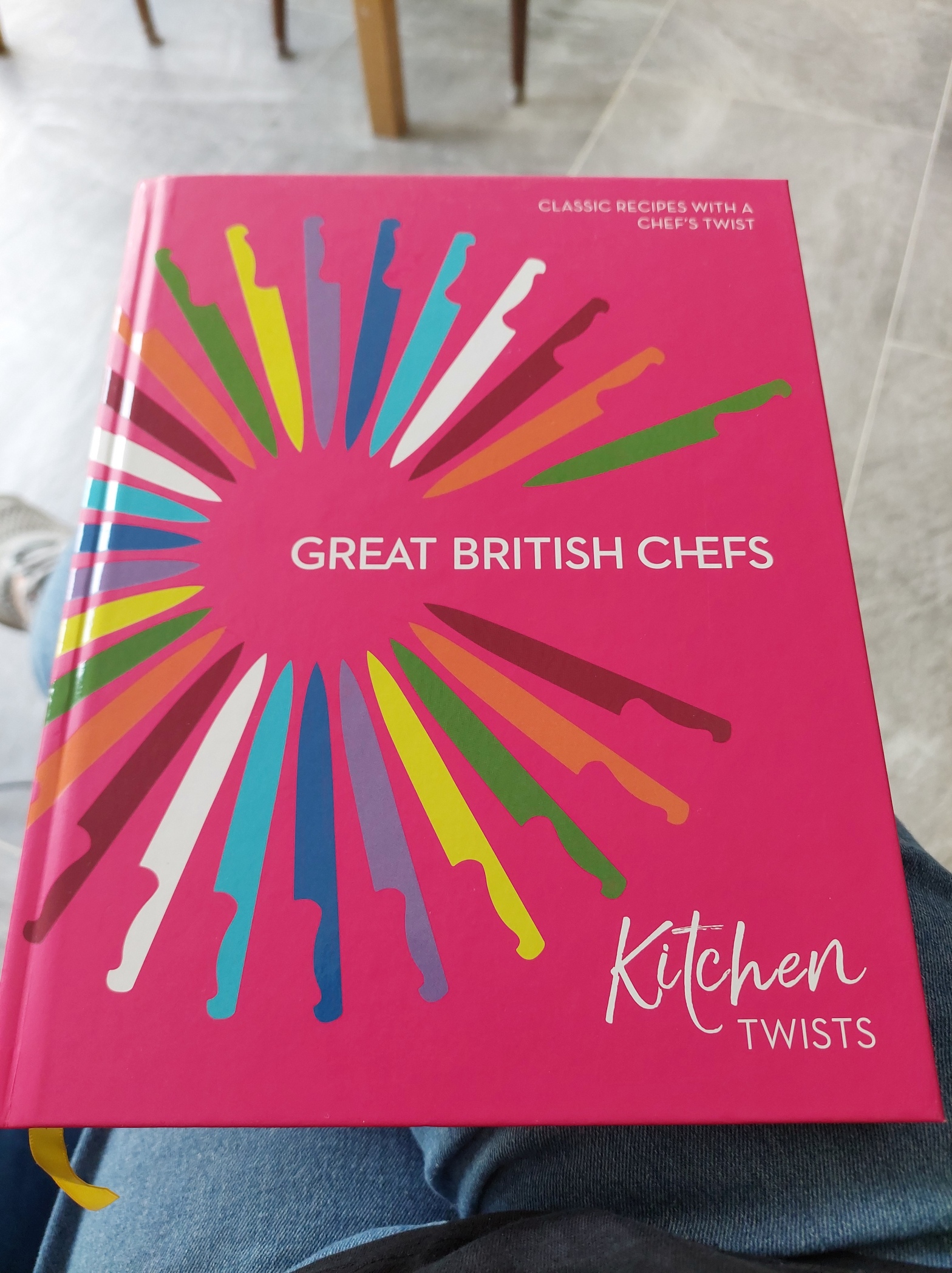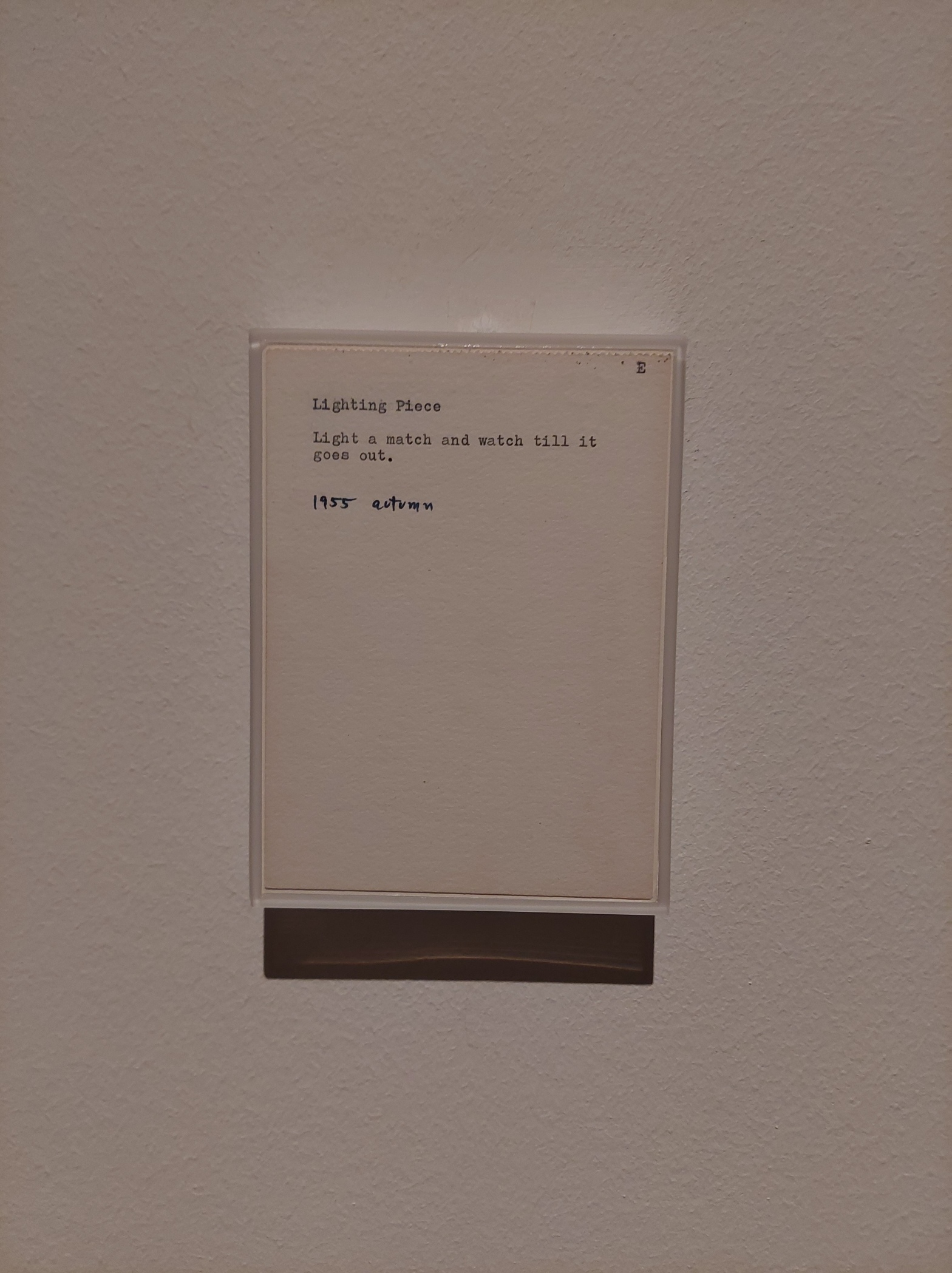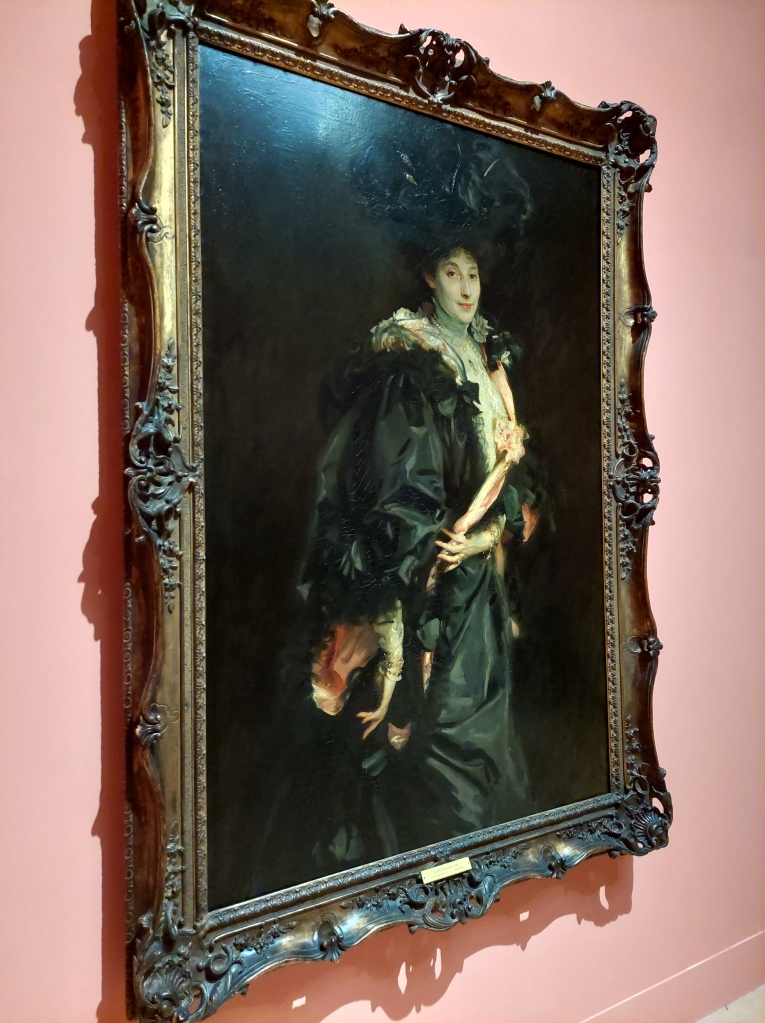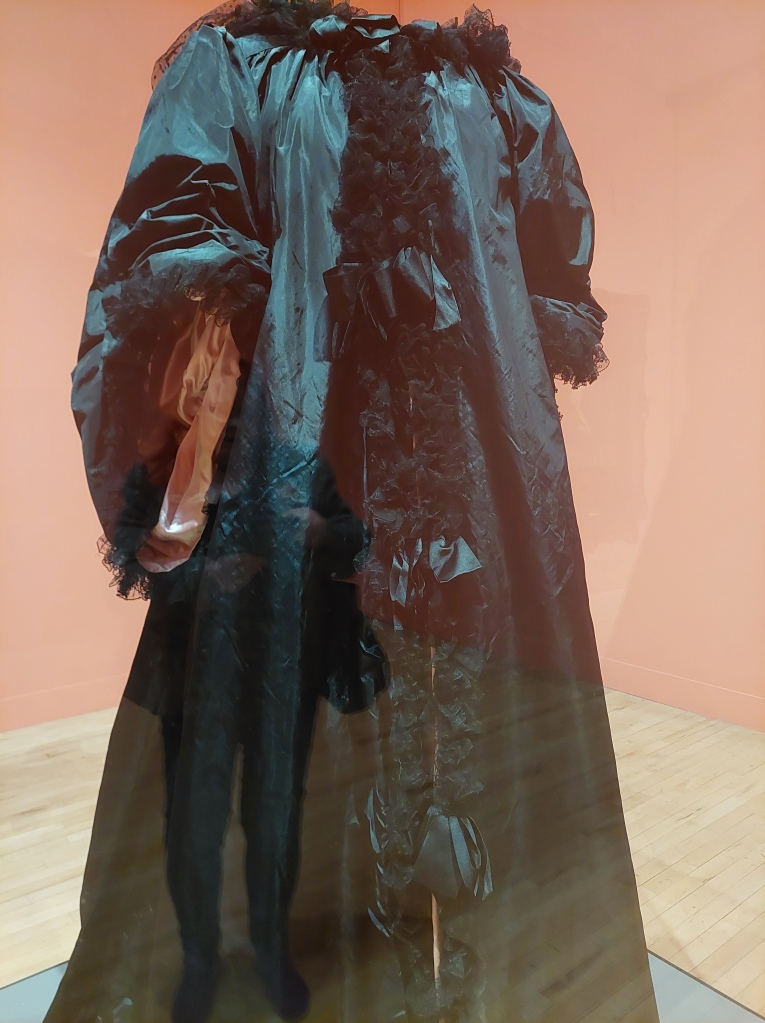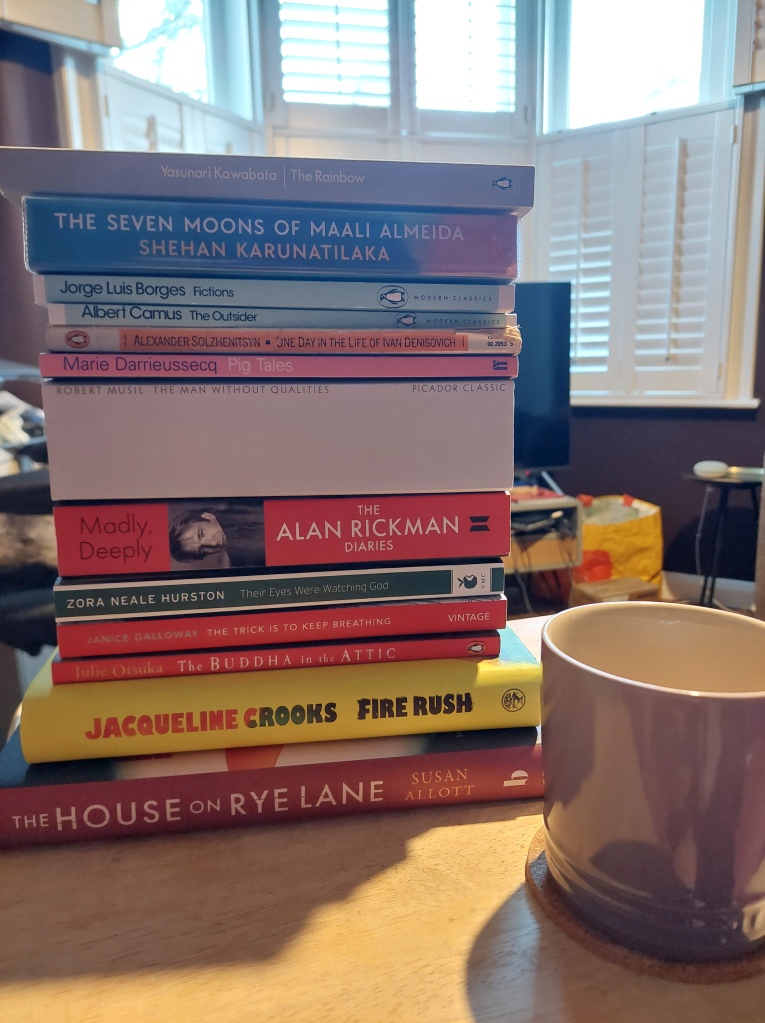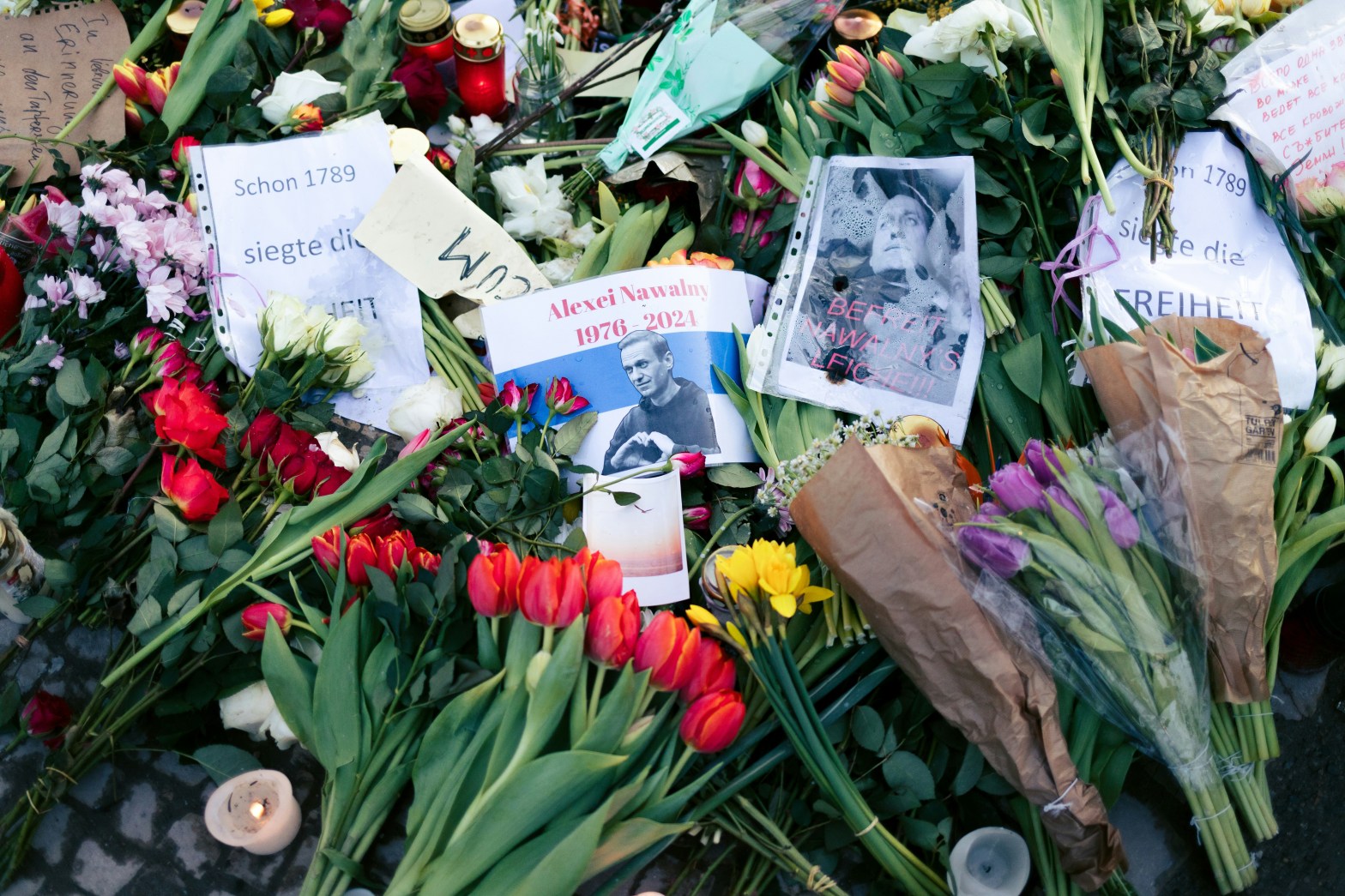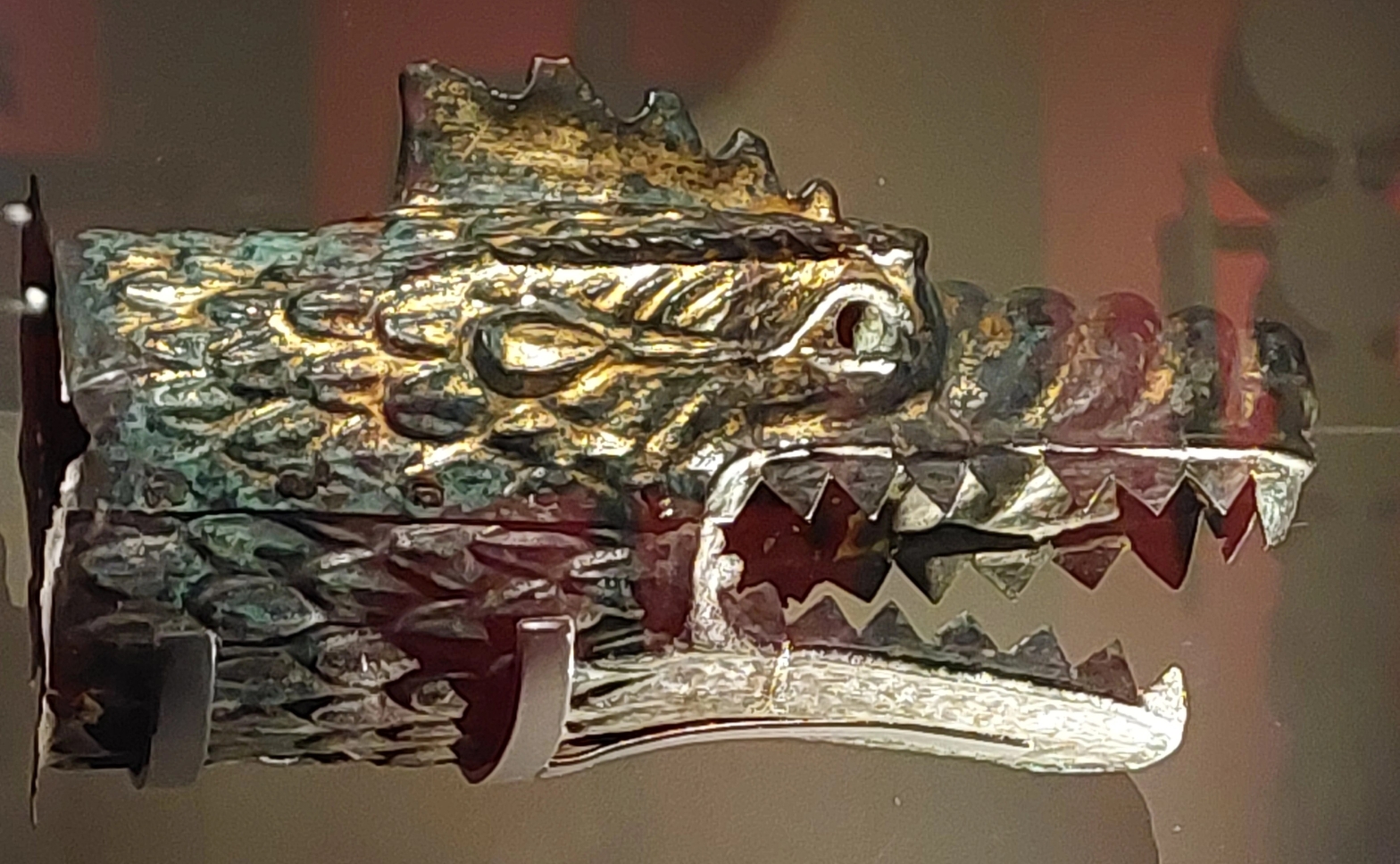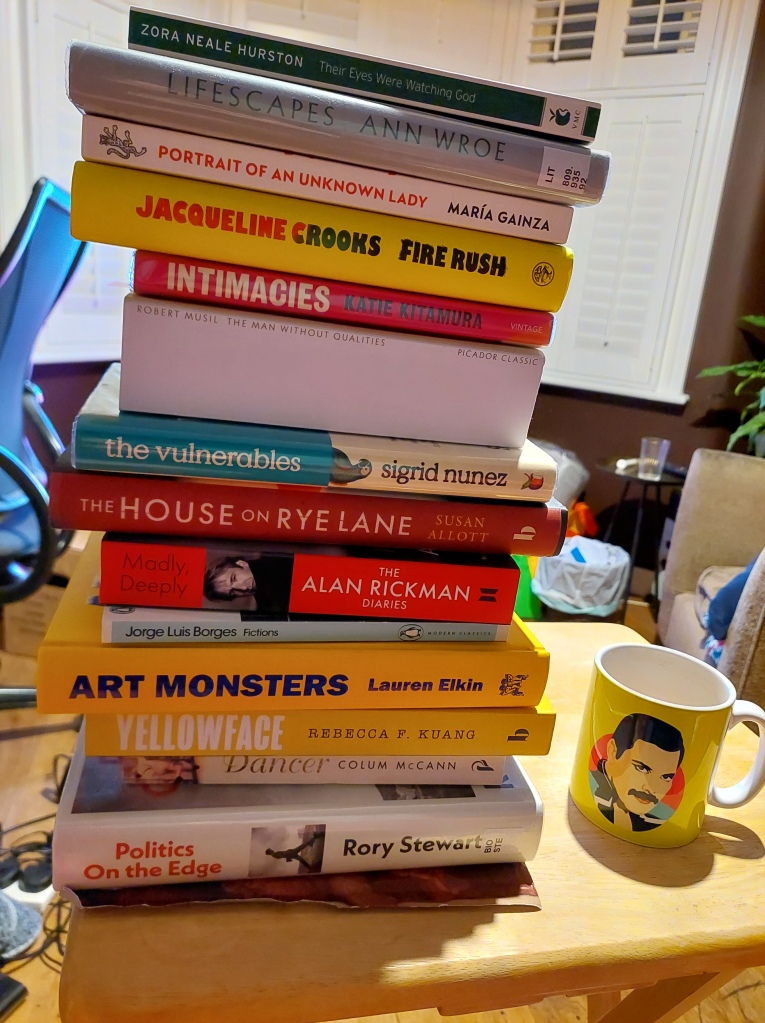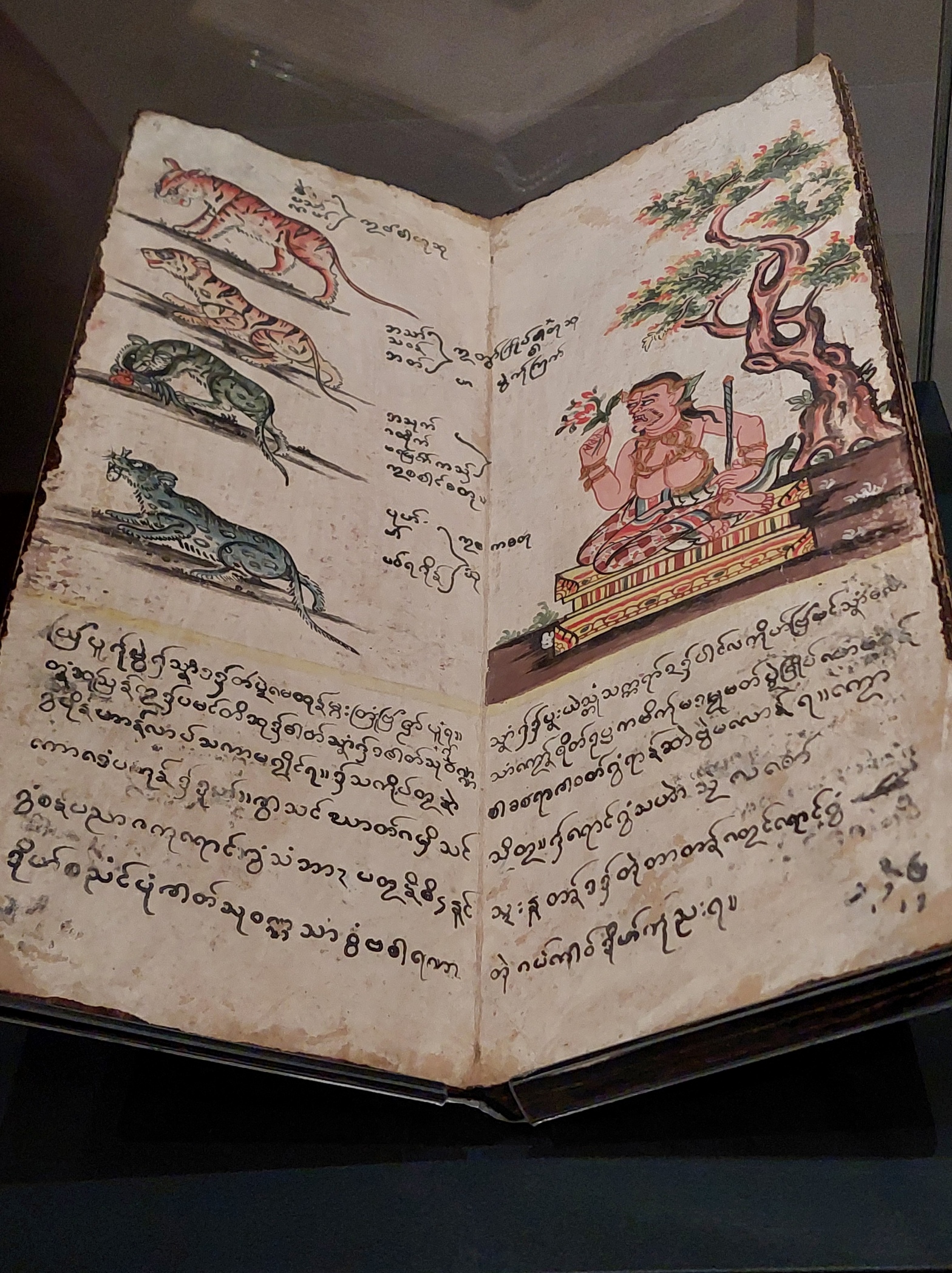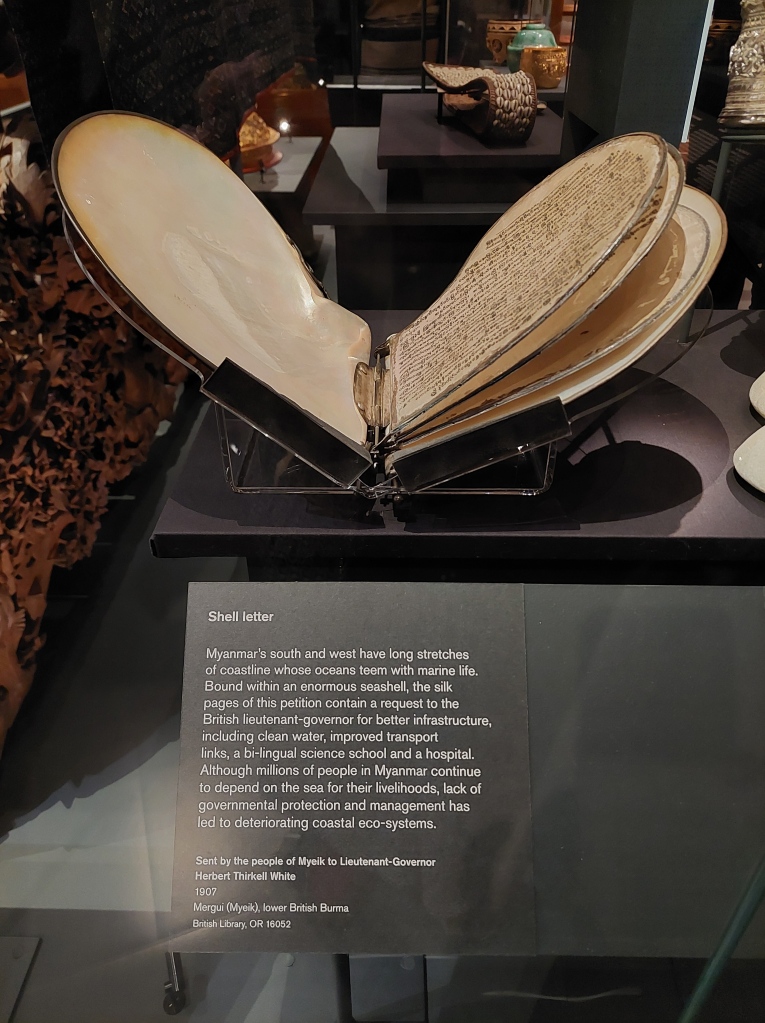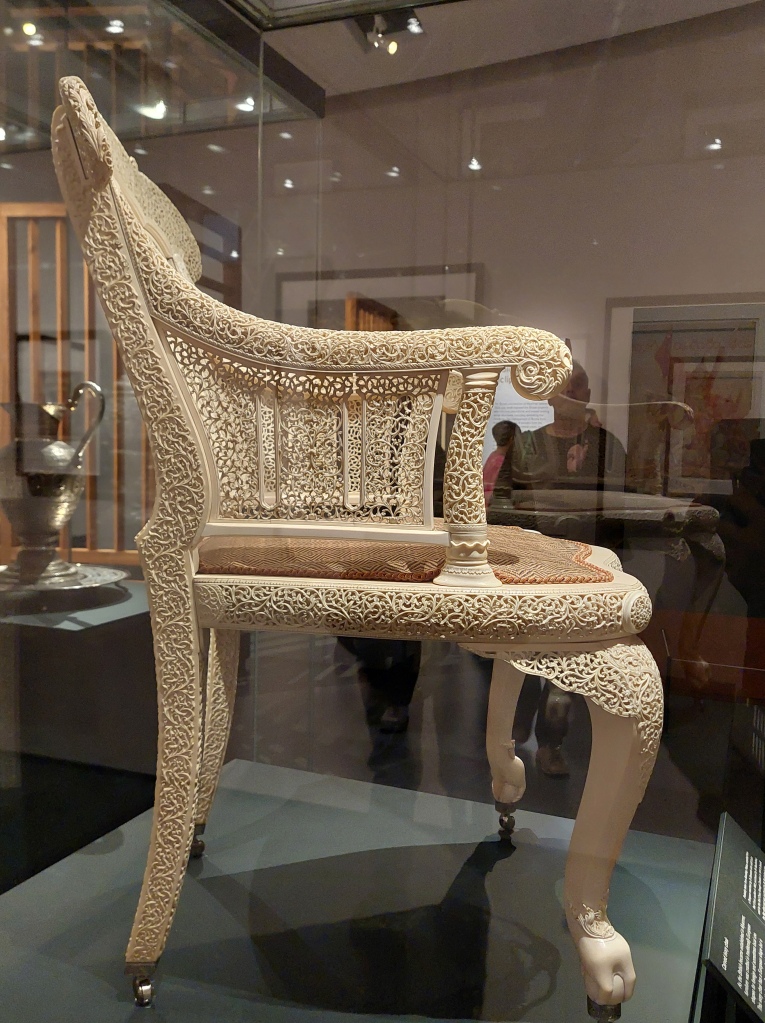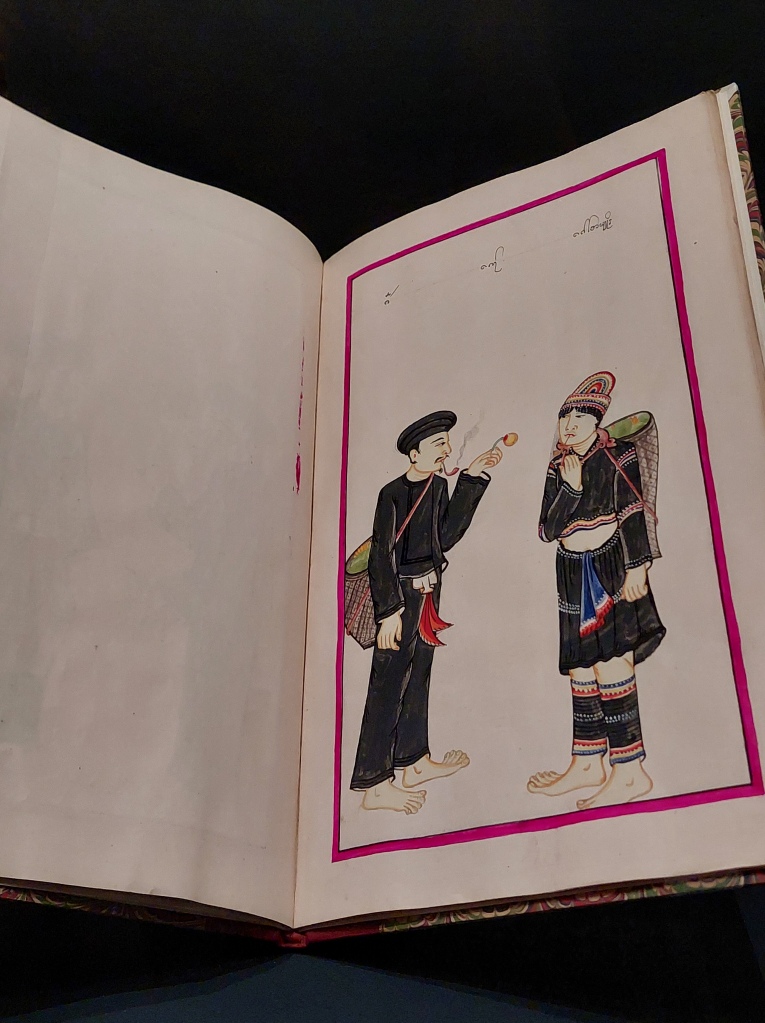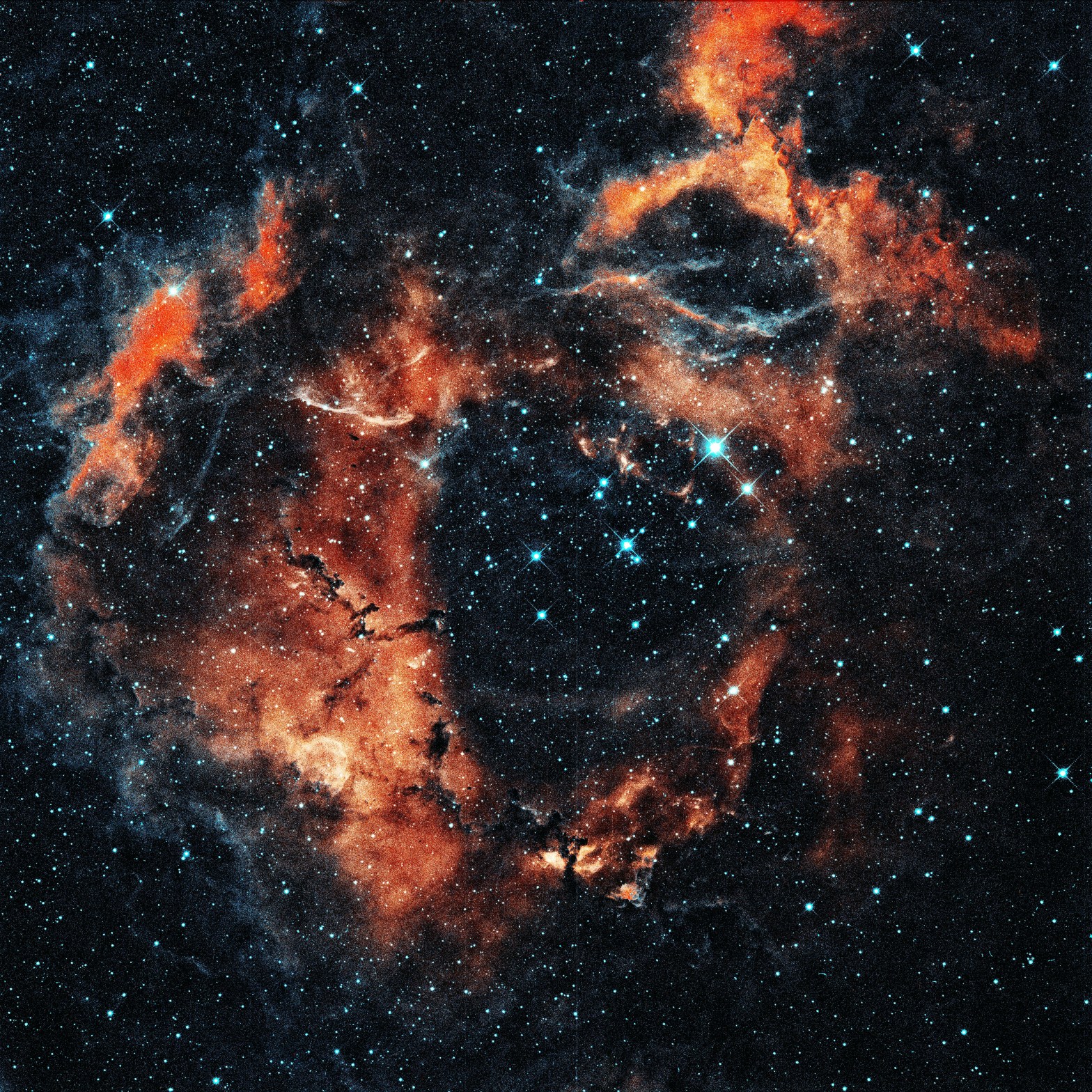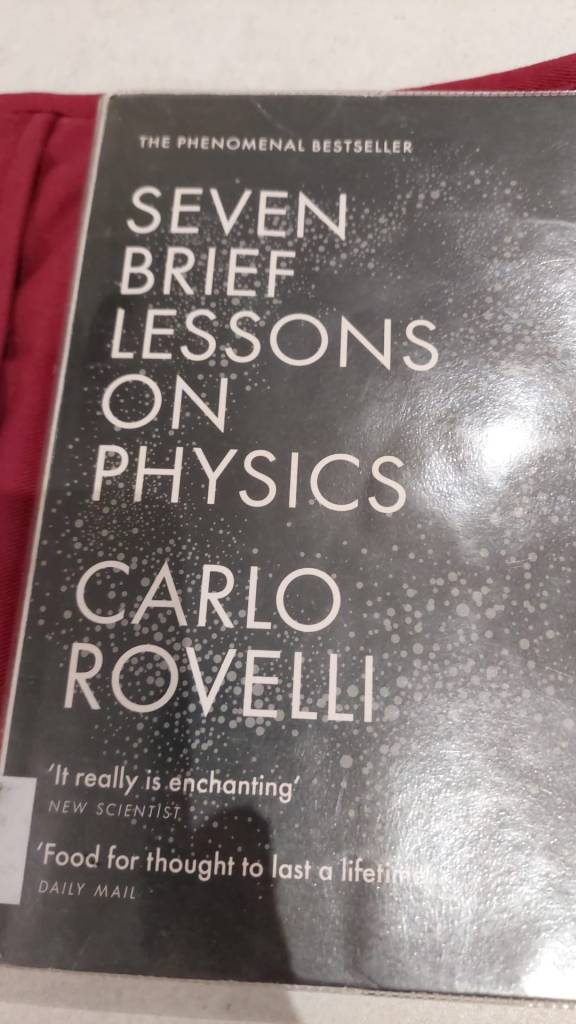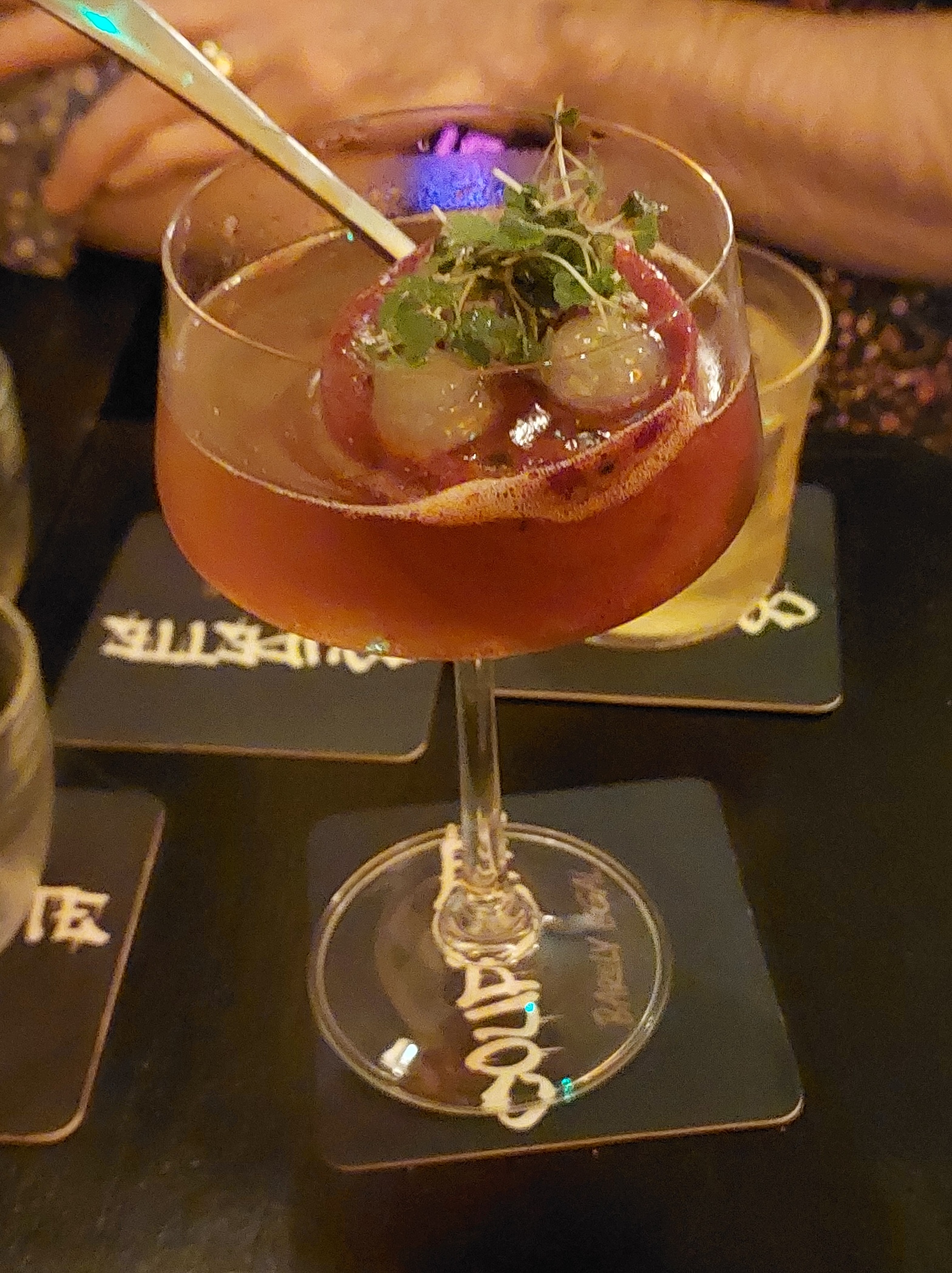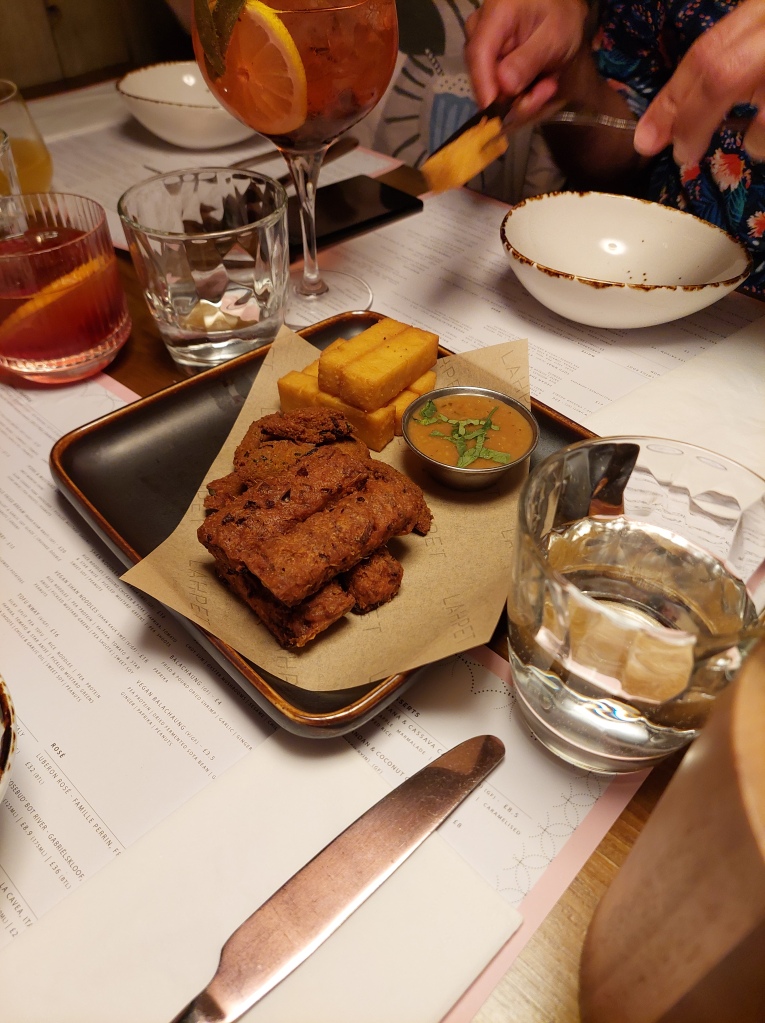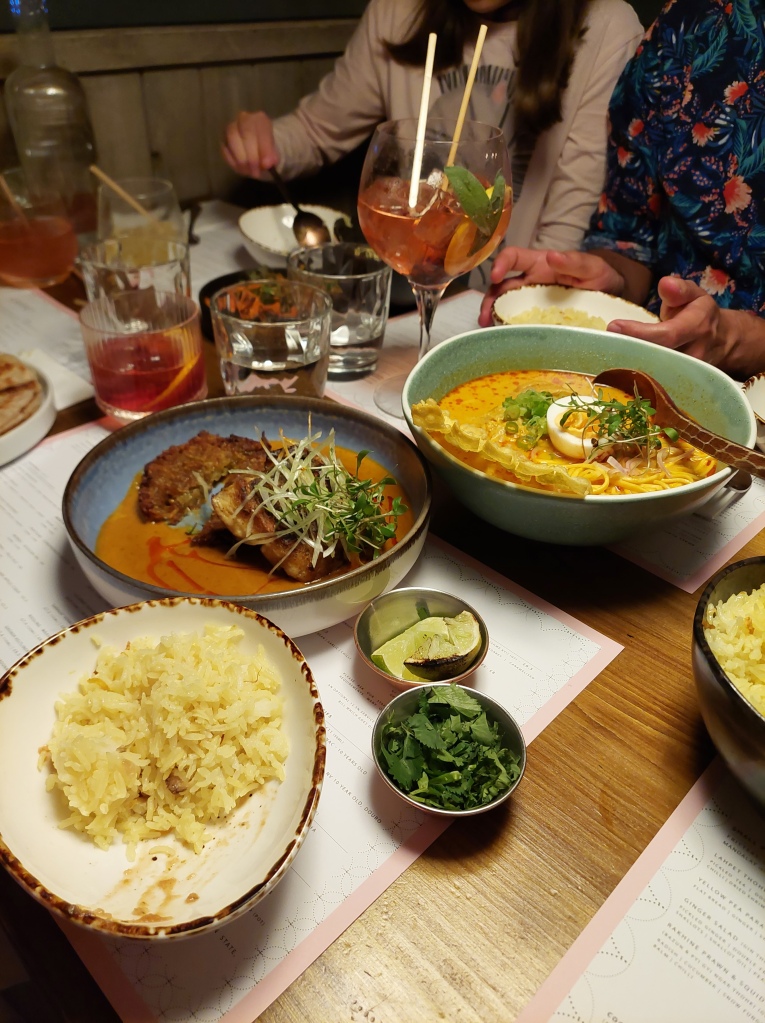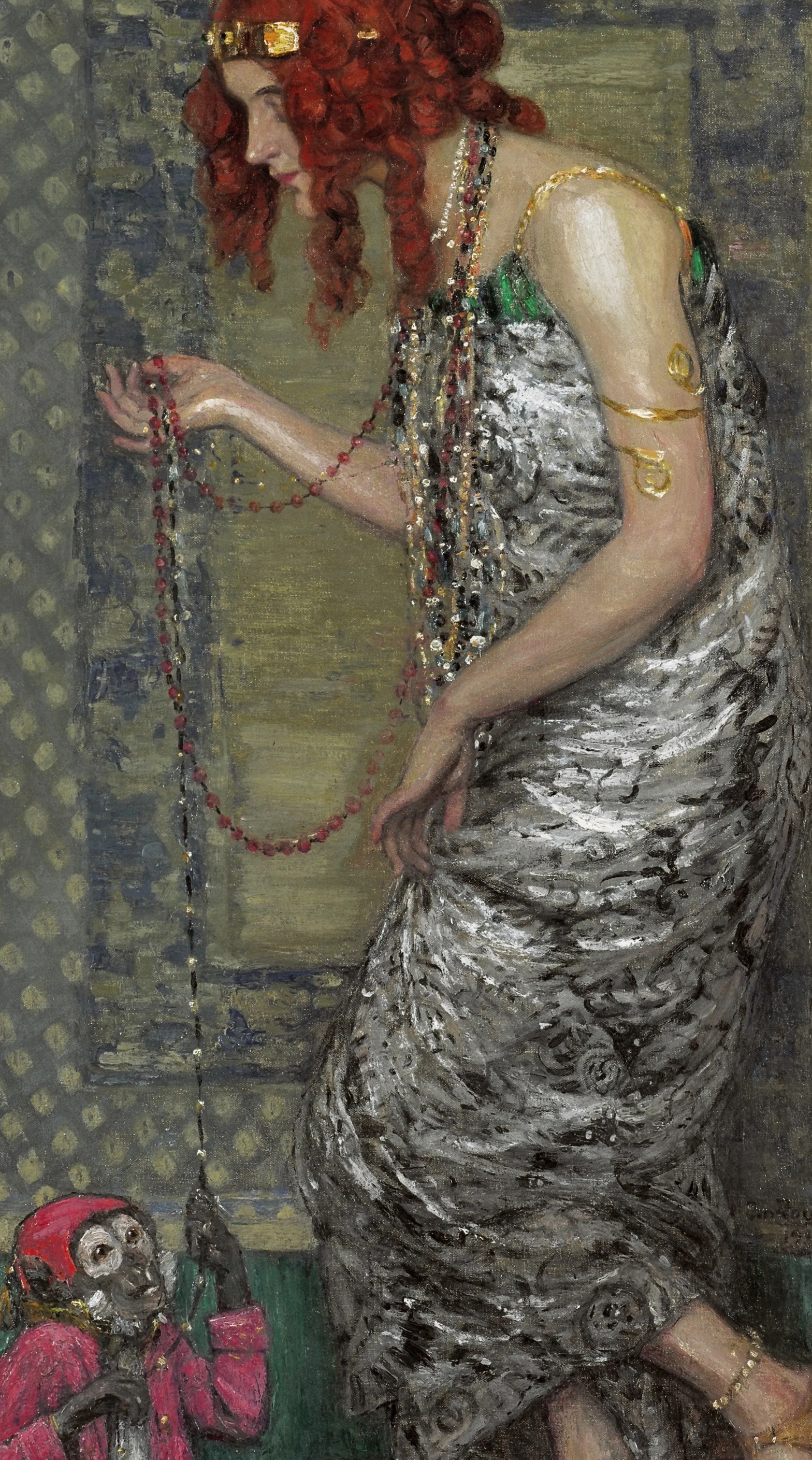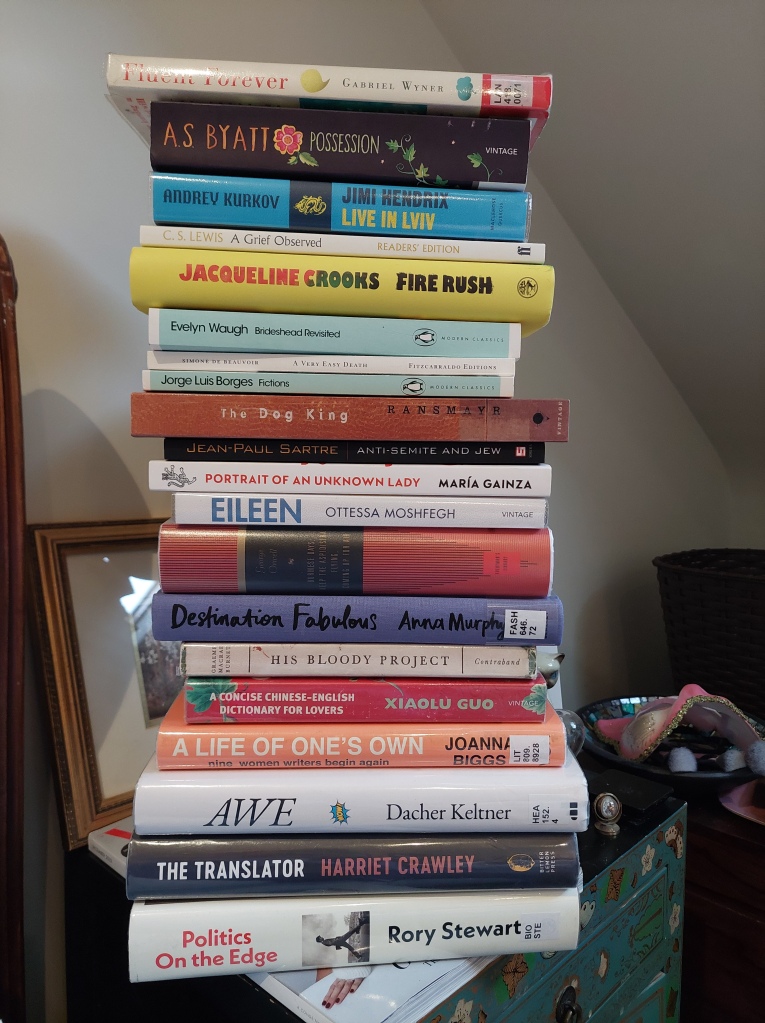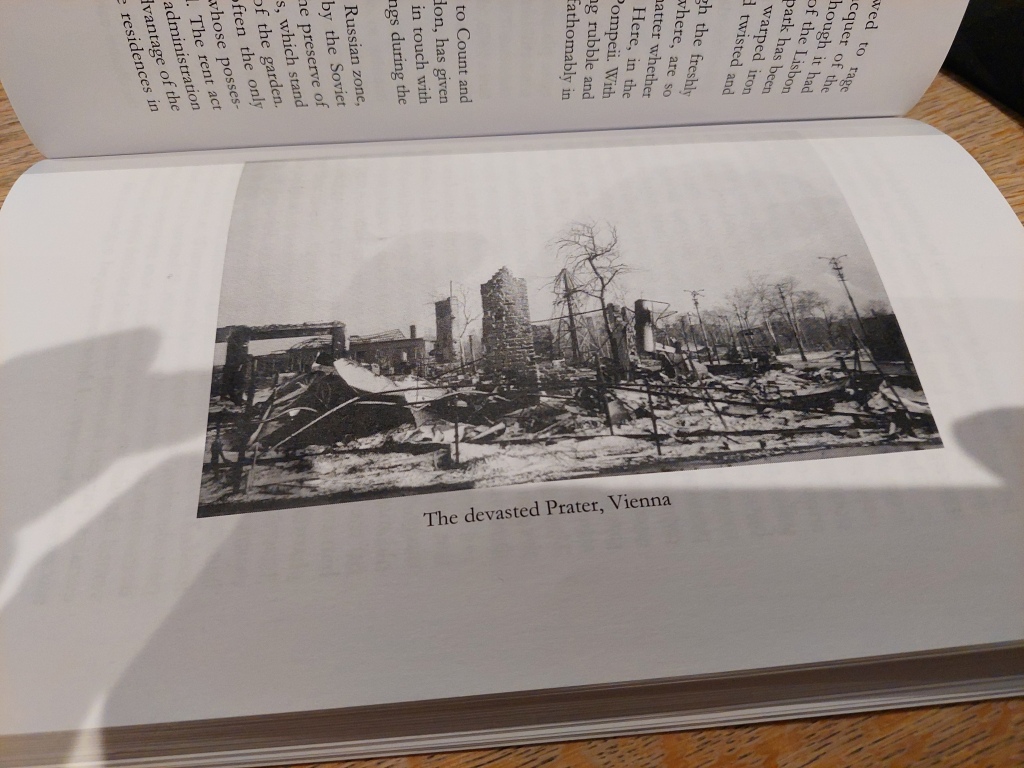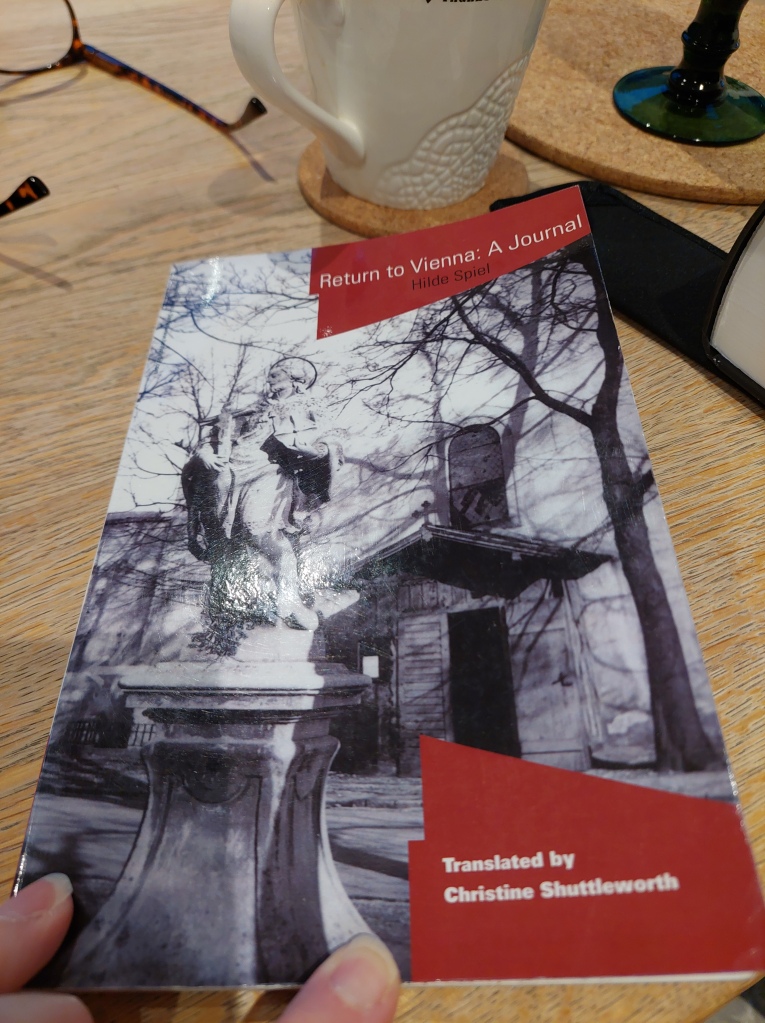My husband was a judge last year for the Guild of Food Writers, for the category of Best Self-published Book. Looking at the books after the competition was over I didn’t expect to find a new favourite. I didn’t expect much at all from a self-published book – revealing some unpalatable prejudice on my part. But when I flipped through Great British Chefs: Kitchen Twists though I was stunned and delighted to find a recipe for my favourite childhood treat, which I always called ‘minty chocolate squares’.
I have only ever seen these for sale in two locations in the last 50 years: in Oldrids department store in the small English market town of Boston in the 1980s, and in a caff near Loch Lomond in Scotland about five years ago.
Oldrids (‘Boston’s own department store’) closed down years ago, and anyway I’ve lived in London for three decades, but back in the day minty chocolate squares were a highly prized treat. Mum only ever took me to the restaurant in Oldrids after a dental check-up. That’s a maximum of two opportunities a year to eat a minty choc square. What’s more, the minty choc squares were rare even in the sole purveyor of such glories, and I was only allowed to go if I hadn’t needed a filling (thankfully a rare but NOT UNKNOWN occurrence).
So let’s estimate that, prior to opening Great British Chefs: Kitchen Twists, I had eaten less than 15 of these sweet delicacies over my entire lifespan, and only one in the last 30 years.
Now, I have the power to conjure such treats whenever I wish, and what’s more, they are astonishingly easy to make. Pure pleasure, and without the need even for an oven.
The concept of the book (published in 2022) is classic recipes, which have been pimped by the Great British Chefs teams to give them a contemporary, original or inspiring twist, and inject an extra dose of flavour into a traditional dish. There a several clearly laid out sections, focusing on Small Plates, Weeknight Favourites, Comfort Food, Date Night, Summer Feasts, Sunday Lunches, Treats and Desserts. There are tons of recipes I’m keen to try out (bearing in mind too that I HATE cooking, although admittedly love eating).
I’m not much of a meat-eater, but one recipe adds merguez sausages and harissa to toad in the hole, while another adds crab to a croque monsieur. I want to try the sweetcorn smash burgers with candied jalapenos, the tuna and tomato ‘tomato tonnato’ salad, and the marmite-battered fried fish sandwiches with lemony fried potatoes. The book is available in the usual hardback and ebook versions, but also as a PDF from the Great British Chefs online shop.
